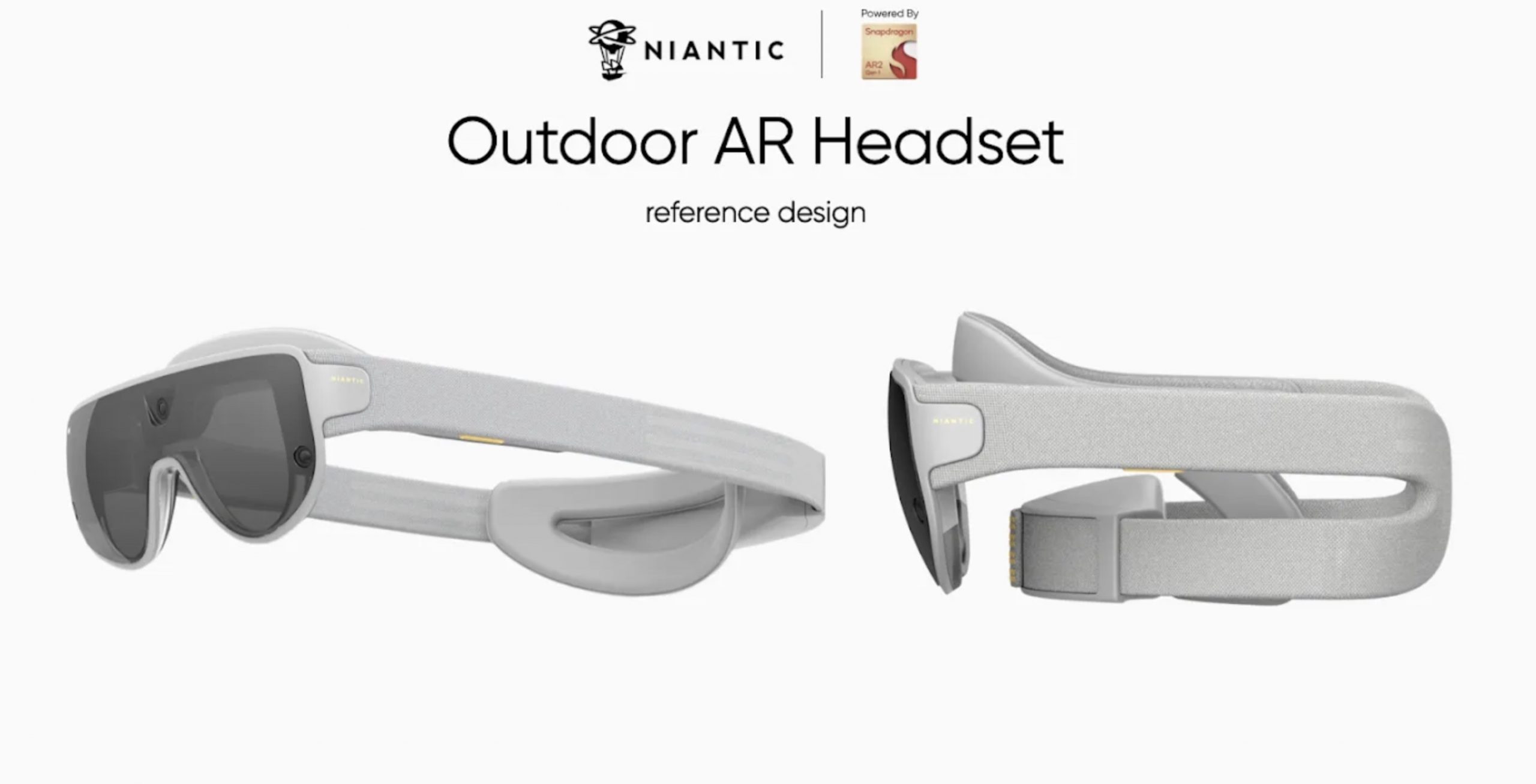One the the world’s largest provider of mobile hardware tech and the software company that dominates the AR gaming space are getting together in a bold new collaboration that seems set to upset the future gaming equilibrium.
Yes, Niantic, the makers of the world famous Pokémon Go, Pikmin Bloom (both with Nintendo), the equally regarded (but less well-known) Ingress Prime and the creators of the Lightship AR standard that’s used in hundreds of AR apps from Coachella to The Science Museum, is aiming to drive the creation new AR hardware.
All with the assistance of Qualcomm, the largest provider of energy-efficient mobile chipsets and the dominant force in the world of modems and Android CPUs, most famously with their Snapdragon line of processors.
The official release reads:
“At Niantic, we’re inspired by a future where augmented reality makes the real world a place to connect with people and places around us in meaningful ways. We do this today through our games, and increasingly through our work to build an open AR platform that works across multiple devices–phones today and AR headsets in the future.”
“Today we announced the next step in realizing this vision: Niantic’s Lightship Visual Positioning System will be compatible with Qualcomm Technologies’ Snapdragon Spaces™ starting in 2023. That means developers who use Snapdragon Spaces XR Developer Platform can easily add functionality from Lightship VPS (Visual Positioning System), so digital creations and experiences can be placed in and interact with the physical world in a magical yet believable way.”
And most interestingly, “Our shared goal is to help accelerate the development of AR headsets for outdoor use from hardware manufacturers across the industry.”
Powered by Lightship VPS + Snapdragon
The company aims to achieve this by making its Lightship VPS product available “on as many hardware devices as possible”. Lightship is the leading software development platform for the creation of digital objects in 3D space. The partnership essentially sees this tech joining Qualcomm’s own fledgling Snapdragon Spaces system for doing likewise.
Lightship VPS is the number one system for allowing AR developers to create their 3D objects and characters then assign them to a real world location and have them remain there and appear there for anyone using Lightship-enabled software. So real-world AR games can easily tap into the tech to place monsters, power-ups, bases, weapons and more virtual items into the real-world for discovery in game. Players can even drop items for other players to see and pick up later.
It’s all done via Lightship’s dynamic 3D AR map of the world which is constantly being updated and offers “centimetre-level accuracy”. This allows Lightship to “make a building take on a fantastical theme, or give users hyper-local walking and transit directions, or hide a clue in a digital scavenger hunt under a park bench.”



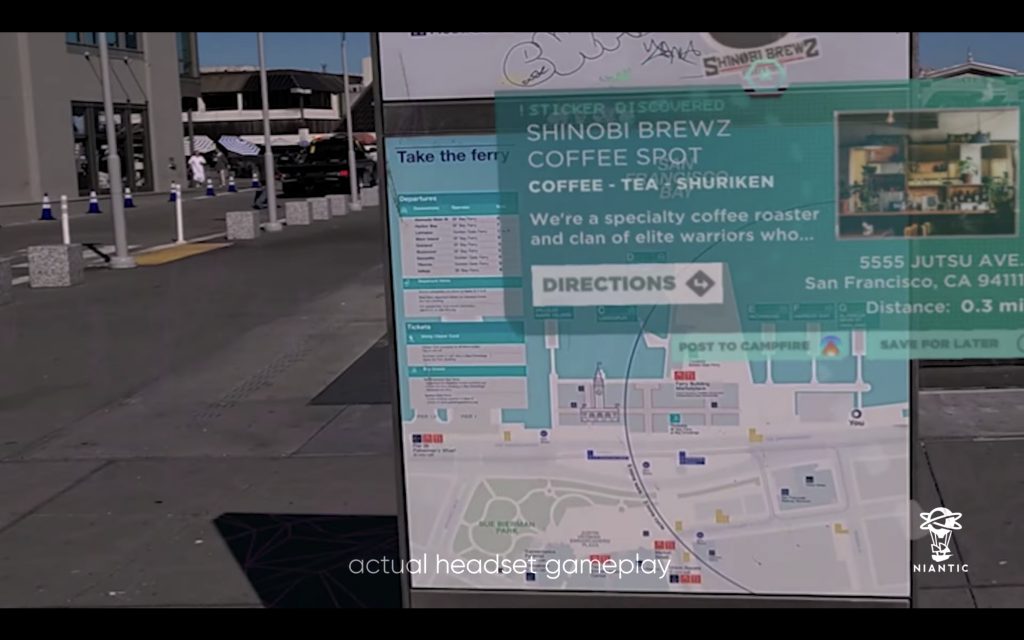
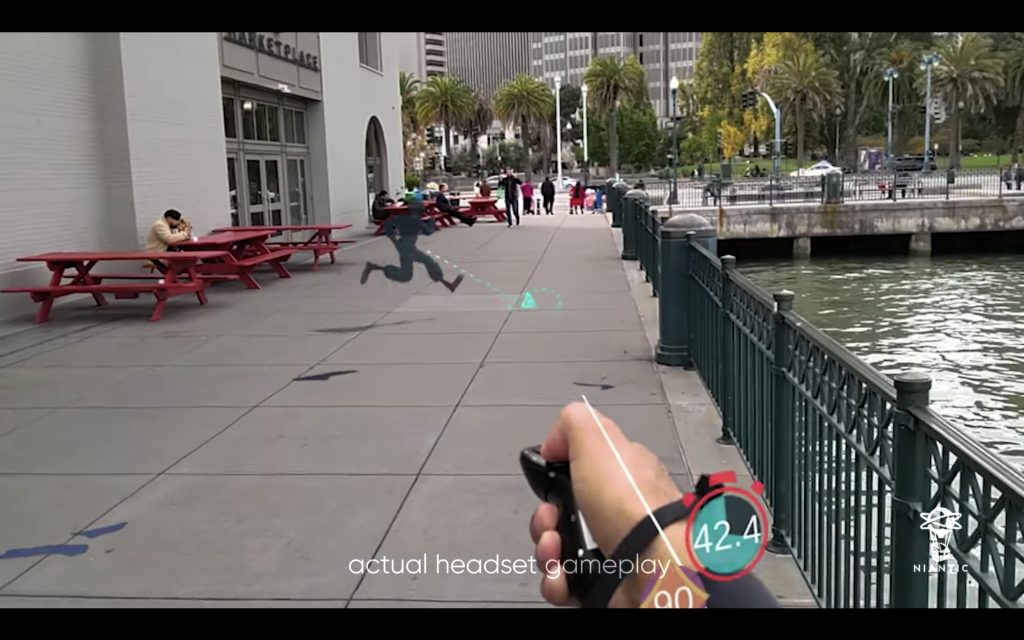
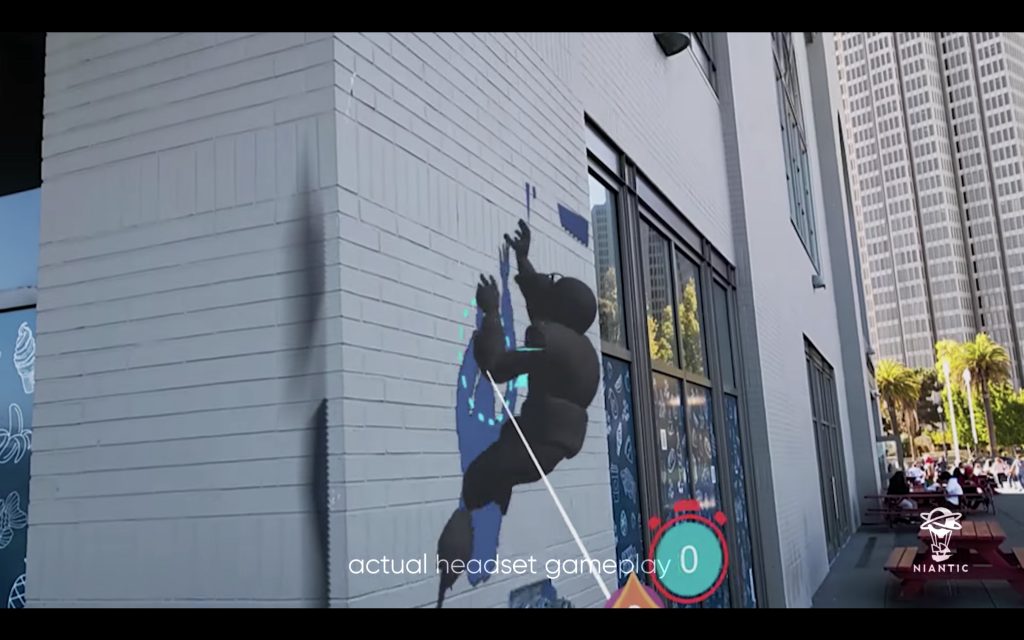

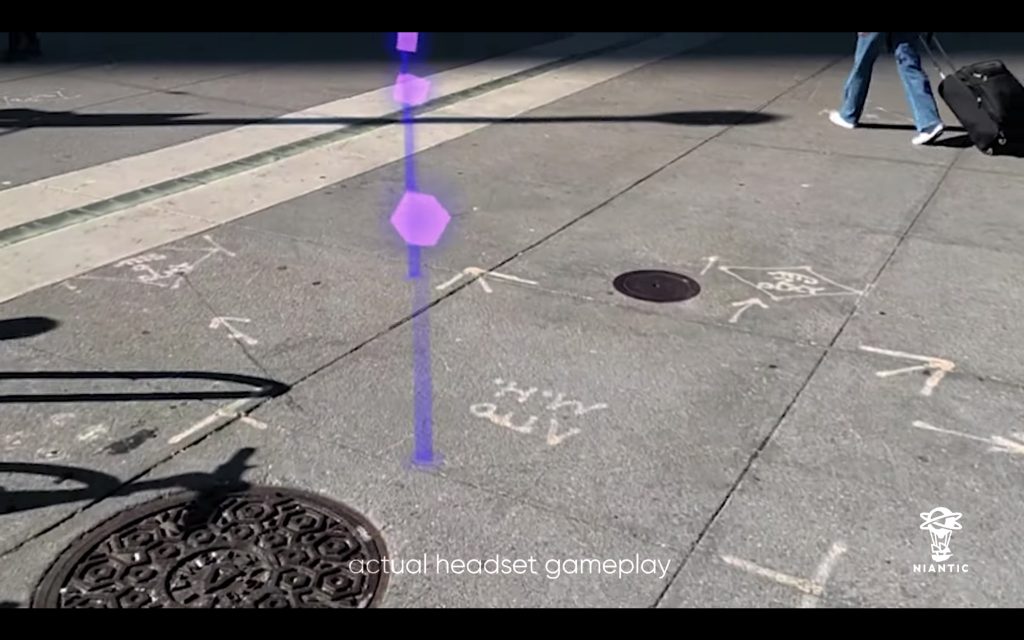
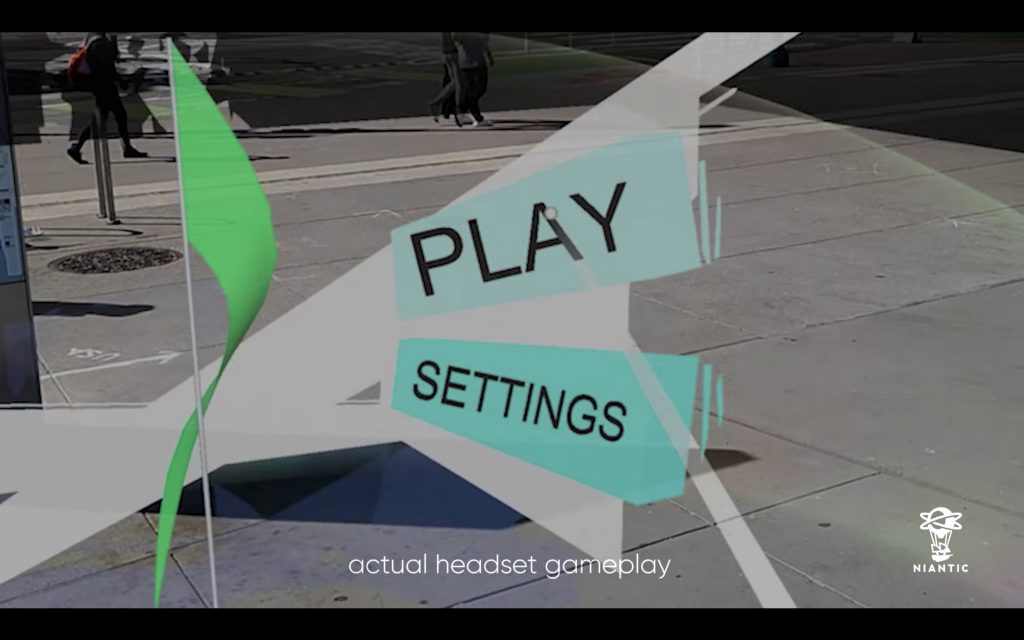
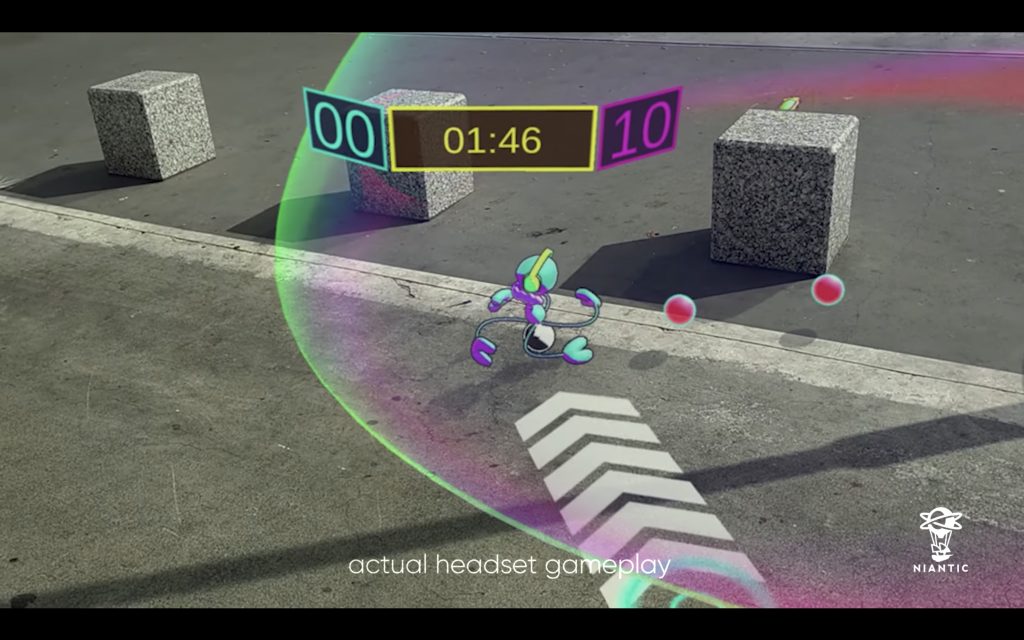

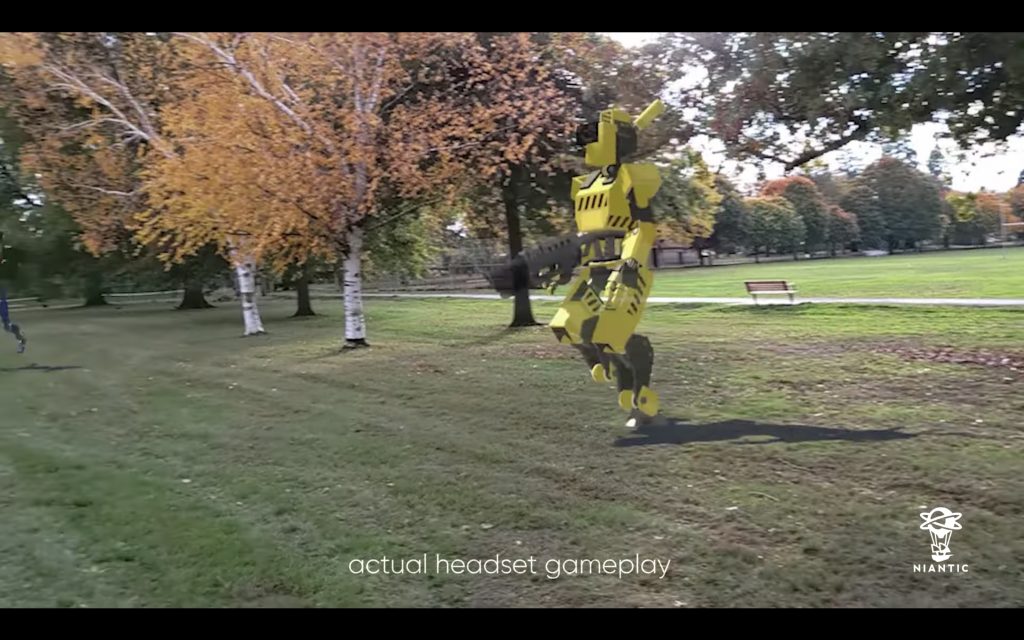
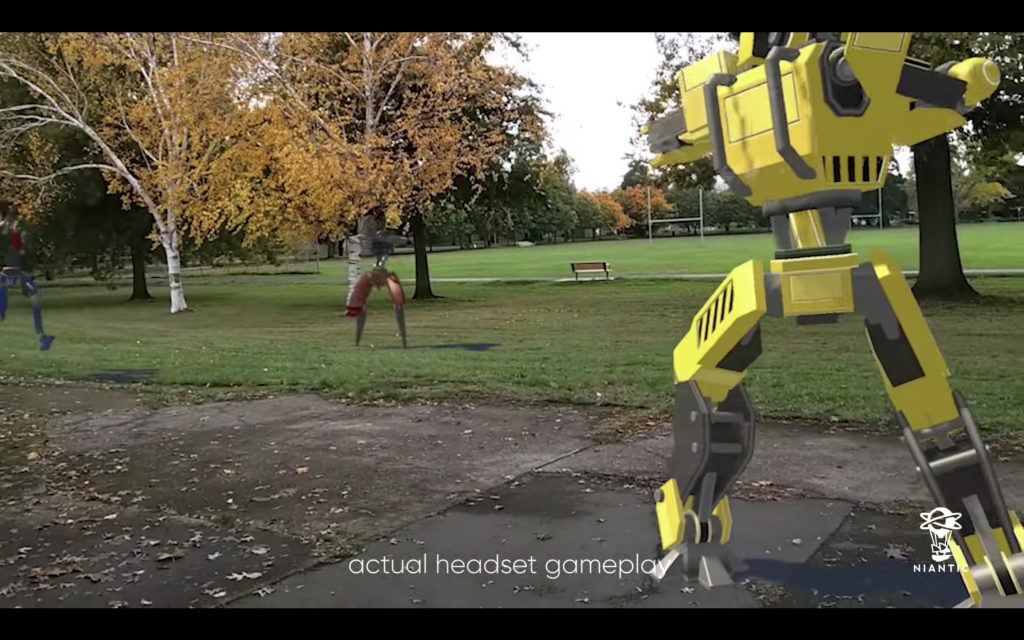

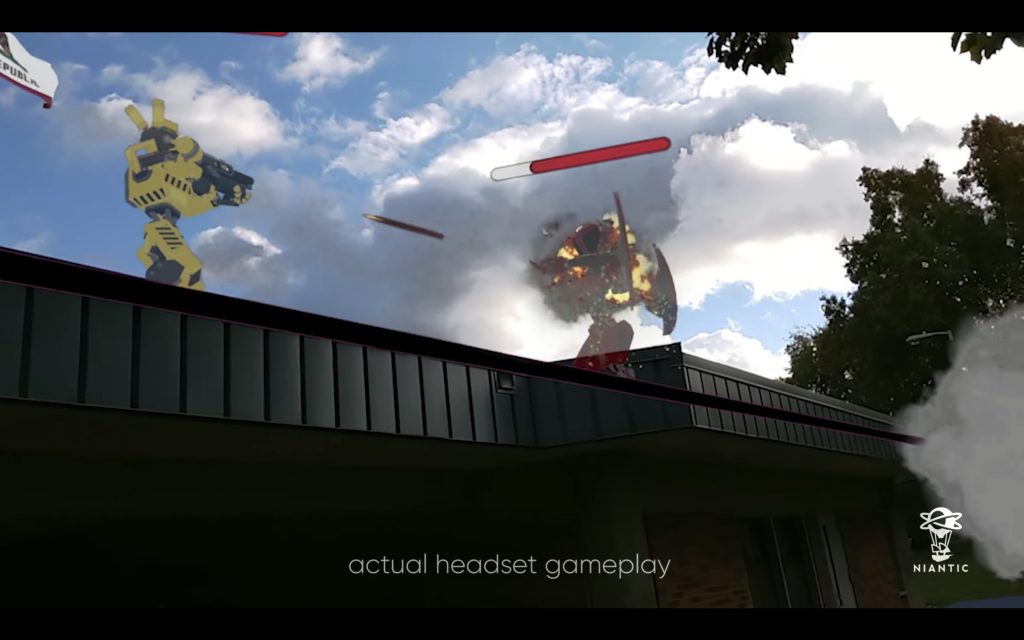
And now Niantic and Qualcom are working together to create a standard for hardware that leverages the best of both worlds – the software and image recognition of Lightship VPS and the type of lightweight, powerful mobile tech that Qualcomm has already made possible for thousands of Android mobile partners.
This first ‘reference design’ for such a headset got a demo at today’s 2022 Snapdragon Summit where, not only were the latest chip designs revealed but Niantic took to the stage to show off a white/grey headset that resembled a pair of ski goggles.
Powered by Qualcomm’s new Snapdragon AR2 Gen 1 chip – their first purpose-built AR chip after previous models focused on both VR and AR – the new chip has multi-chip distributed processing architecture comprising of an AR processor, AR co-processor and connectivity to a ‘host device’ such as a mobile phone.
Interestingly the chipset isn’t a single board but is split into two, allowing the components to be – in the case of this first hardware example – split across the two arms and even the bridge of the glasses.
The single image released so far (and used in our title above) implies a lightweight, comfortable fit (it’s certainly smaller than Meta’s Quest 2 and Quest Pro) and even the ability to fold in half for greater portability or stowing in a bag when you’re not wearing it (something not possible with Quest Pro).
Take this headset and be inspired
Rather than build and sell this device themselves, the Niantic/Qualcomm partnership’s aim is that other hardware manufacturers will take this design and run with it, creating their own take on the hardware (be it smaller, lighter, or more powerful and capable) while using Niantic’s software and Qualcomm’s hardware behind the scenes.
The demo showed the headset orienting itself in the real world and using the Niantic map to render information on top of the physical world viewed through the glasses. This is a 100% augmented reality experience (with the smart bit being the addition of graphics and their interplay with the real world) rather than any attempt to obscure or replace it with 100% graphics as per VR headsets from the likes of Meta with their Quests.
Applications included finding your way with maps, playing games in the real world with realistic full-sized characters and revealing additional information about objects and buildings around you.
For the purposes of the demo a simple pointing device was added, allowing the users to make selection and point at the virtual objects visible within the device.
And coming soon there’s Lightship VPS for Web – a new WebAR technology that allows you to get the same kind of software experiences games and apps can deliver today, but right from your browser.
“ We’re excited to build its future together,” says the new partnership. We too can’t wait to see what happens next.
Daniel Griffiths is a veteran journalist who has worked on some of the world's biggest entertainment, home and tech media brands. He's reviewed all the greats, interviewed countless big names, and reported on thousands of releases in the fields of video games, music, movies, tech, gadgets, home improvement, self build, interiors, garden design and more. He’s the ex-Editor of PSM3, GamesMaster, Future Music and ex-Group Editor-in-Chief of Electronic Musician, Guitarist, Guitar World, Computer Music and more. He renovates property and writes fun things for great websites.



























